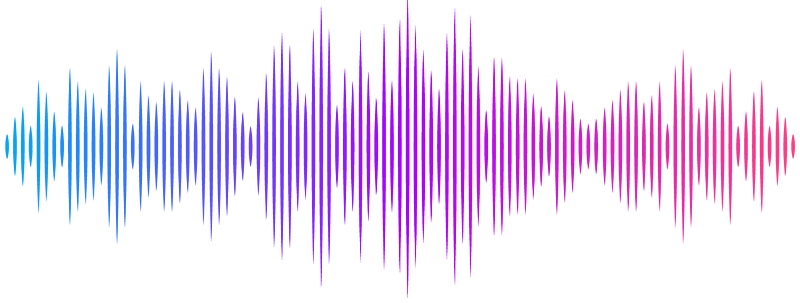Impaired yolk sac NAD metabolism disrupts murine embryogenesis with relevance to human birth defects

Impaired yolk sac NAD metabolism disrupts murine embryogenesis with relevance to human birth defects
Bozon, K.; Cuny, H.; Sheng, D. Z.; Martin, E. M.; Young, P.; Humphreys, D. T.; Dunwoodie, S. L.
AbstractSevere congenital malformations are a frequent cause of premature death and morbidity in children worldwide. Malformations can originate from numerous genetic or non-genetic factors but in most cases the underlying causes are unknown. Genetic disruption of nicotinamide adenine dinucleotide (NAD) de novo synthesis drives the formation of multiple congenital malformations, collectively termed Congenital NAD Deficiency Disorder (CNDD), highlighting the necessity of this pathway during embryogenesis. Previous work in mice shows that NAD deficiency perturbs embryonic development specifically during a critical period when organs are forming. While NAD de novo synthesis is predominantly active in the liver postnatally, the site of activity prior to and during organogenesis is unknown. Here, we used a mouse model of human CNDD and applied gene expression, enzyme activity and metabolic analyses to assess pathway functionality in the embryonic liver and extraembryonic tissues. We found that the extra-embryonic visceral yolk sac endoderm exclusively performs NAD de novo synthesis during early organogenesis before the embryonic liver takes over this function. Furthermore, under CNDD-inducing conditions, mouse visceral yolk sacs had reduced NAD levels and altered NAD-related metabolic profiles which affected embryo metabolism. Expression of requisite genes for NAD de novo synthesis is conserved in the equivalent yolk sac cell type in humans. Our findings show that visceral yolk sac-mediated NAD de novo synthesis activity is essential for mouse embryonic development and perturbation of this pathway results in CNDD. Given the functional homology between mouse and human yolk sacs, our data improve the understanding of human congenital malformation causation.
